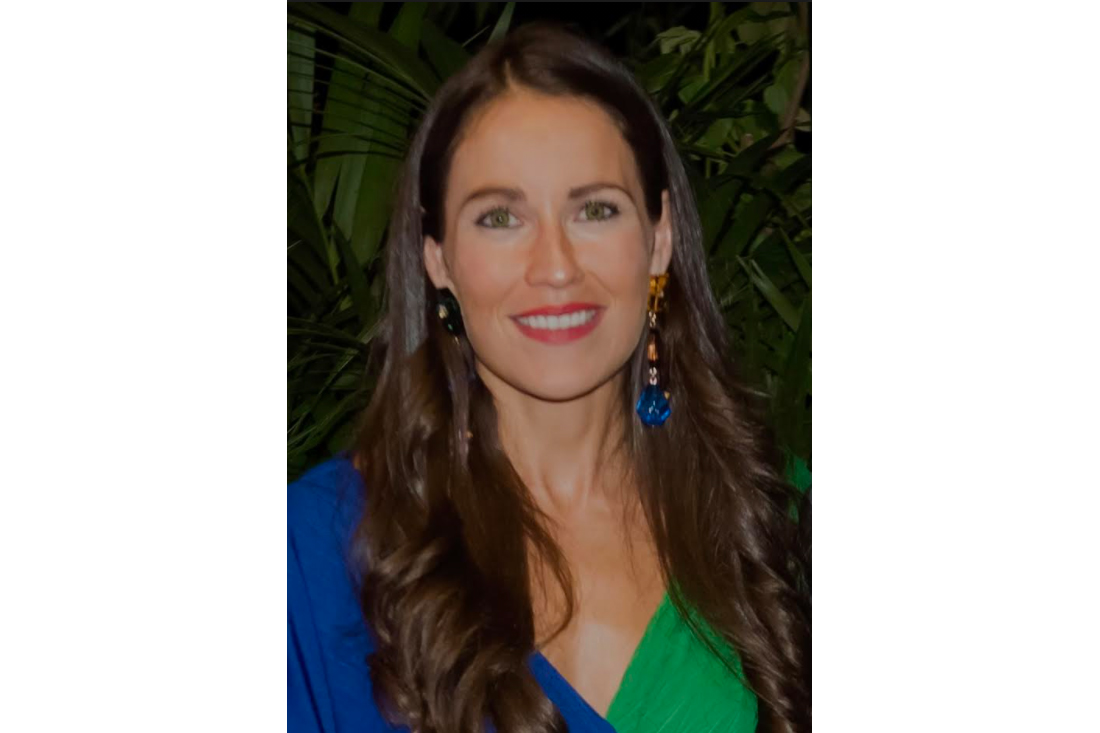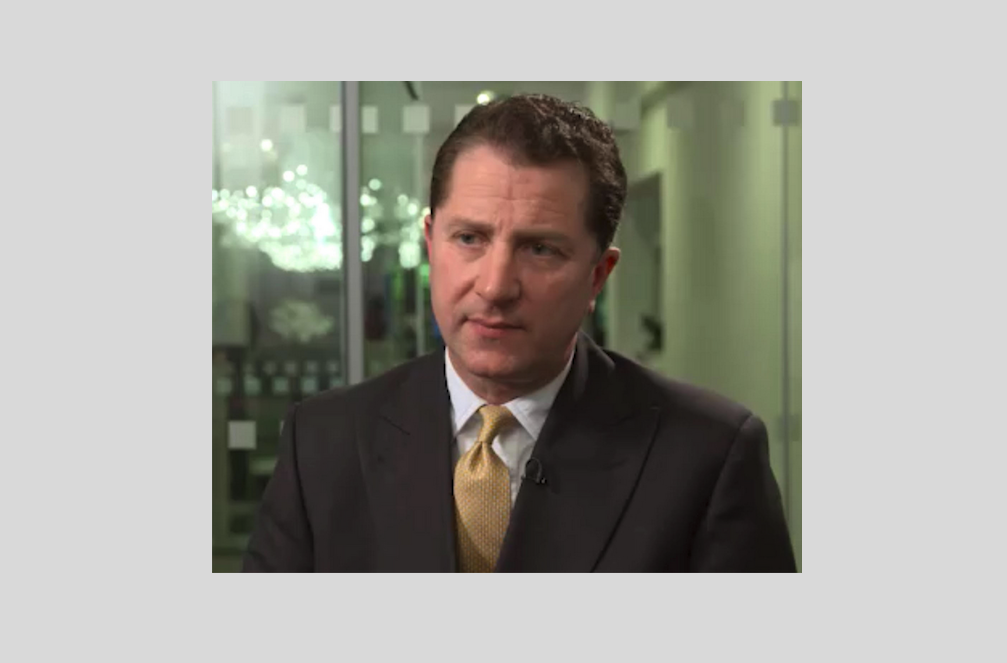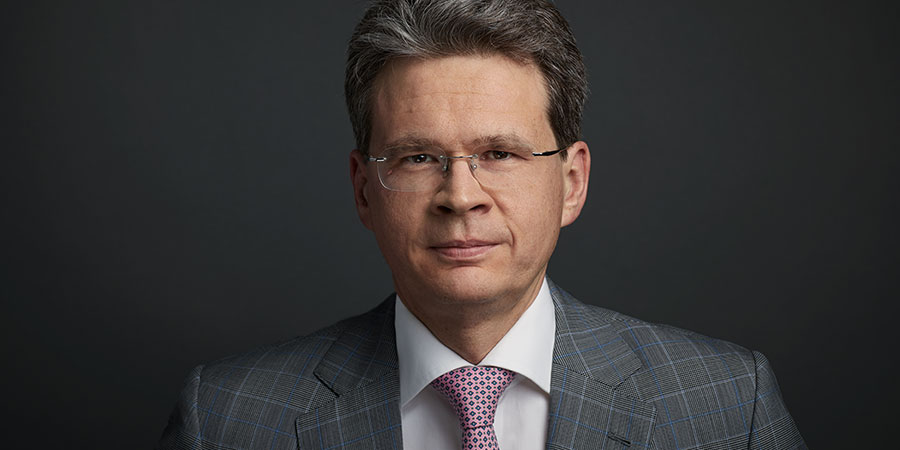Allfunds: “We Land in Miami with Well Established Business and Long-Term Relationships Already in Place”
| By Fórmate a Fondo | 0 Comentarios

Allfunds, the world’s largest fund distribution network, debuted its first office in North America in October 2020. We spoke with Laura González, Global Head of Wealth Management at Allfunds and responsible for leading this new expansion from Miami, that will serve as the distributor’s wealtech hub for US Offshore activity.
Allfunds debuted its first office in North America in October 2020. How’s been reaching such a milestone amidst the coronavirus pandemic?
Reaching a new market at the start of an exceptional situation like the one we have experienced and with limited face-to-face meetings is not an ideal situation. It probably didn’t help that our core customer base in the US is made up of private banks either, a market segment that remains highly relational. However, we were lucky enough to land in Miami with well-established business and long-term relationships already in place. We like to arrive at a new location with a strong portfolio and the confidence that we’re there to stay.
If US offshore had been a blank page, the interpretation of the pandemic would have been different.
Joining Allfunds in 2011, you hold a wealth of knowledge on US offshore after working several years with the Latam market. What excites you most about the challenge of leading the Miami office?
Nothing compares to the excitement of opening in a new market. And the more barriers there are to enter the said market, the more exciting it is.
When we decided to launch in Brazil, a lot of people told us that we weren’t going to make it. At the time, we were trying to enter the market with a history of double-digit interest rates, very little permeability to international investment, a high number of talented local managers and many stories of failure in terms of foreign firms entering the market. But the unexpected happened and we had the market before we had the office.
Sometimes being contrarian pays off and I’m sure that we’re going to repeat this same success story in the US. The difference is that this market presents another scale, where there’s a very strong offshore private banking network, which is accompanied by flows, legal certainty, business freedom and many other factors that differ from other places.
The Miami office will serve as Allfunds wealthtech entry point for US offshore activity. In your commitment to the North American market, what can regional clients expect from Allfunds?
I’m certain that our digital value proposal can fit in here. We tend to think of the US as a hotspot for WealthTechs, but when you start thinking about these types of firms that specialize in international funds, the list of candidates starts to narrow down to almost nothing. Having the latest technology is not enough. It must be adapted to all the trends and best practices affecting our industry and it’s no secret that regulations have turned international fund distribution into a multi-jurisdictional challenge. It’s no use having a state-of-the-art digital front-end or robo-advisor if you’re unable to help your clients select the optimal product or share class for their end client, identify fiduciary or liquidity risks, and a host of other factors that have placed an unprecedented workload on our industry professionals. The US already has the Best Interest regulation, which is remarkably similar to the European spirit of MiFID, whereby everything must be in the best interest of the client.
As the world’s largest fund distribution network, what are for Allfunds the core priorities to look out for in the US offshore sphere?
We believe that there are still inefficiencies in the US offshore market. Perhaps because the domestic volume is such that many players consider offshore to be a residual activity, although the numbers are by no means negligible. It’s understandable because, like almost everything in life, this is a game of scale. But our arrival has a lot to do with this scenario. Even in the most efficient markets there are inefficiencies and we think that there’s still work to be done in the US in this sense. There’s room for a global and digital value proposal, which comes hand-in-hand with a multi-currency platform and dedicated monitoring from the investment and product department.
Recently, Allfunds advanced the launch of new blockchain-related solutions, and also enhanced its digital ecosystem Connect with an unprecedent ESG offer. Any new US-tailored product or services that you can briefly disclose to us?
The new launches you mention have their place here because we try to keep our solutions in line with the trends in all the markets in which we operate. That’s one of the reasons why we have local offices in 16 countries and tailor-made solutions for the Mexican, Brazilian, Asian market, etc. Having a ‘Euro-centric’ view of the world would have led us to have few or poorly served customers outside Europe. The American market is no exception to this adaptation process. If the intermediation of funds on blockchain technology brings improvements to the industry, we’ll gladly try to make it available on the market.
Sometimes our products may have been incubated in markets where regulation is more demanding and end up being too sophisticated for markets where offshore is just starting out, but that path, rather than the other way around, is pretty straightforward.
What’s Allfunds outlook for the year ahead (in the US)?
We’re literally just getting started in terms of structure, so we still have an exciting challenge before us: building a team that will join us for the long-term. Our company’s history is that of a passionate team that’s seen this company grow exponentially, expand globally, be listed on the stock exchange…It’s important that whoever joins at this perhaps somewhat more mature time has that same passion. It’s essential in order to make a difference.
From a business point of view, we’re happy. We’ve had a great year in the US despite the pandemic, and although the pipeline is a predictive exercise that we can’t talk about, I can say that it gives us extraordinary peace of mind. Our numbers have been good, despite Covid, and the best is yet to come.
Miami is the fifteenth local office for Allfunds. Will we see the company further expanding its global footprint any time soon?
In our more than 20 years of history, we can proudly say that we’re the only platform operating in over 15 countries and with a non-existent office closure ratio. We like to approach each market humbly and work hard so that we can stay in each market forever.
Coming to a wrap, is there anything else you’d like to share with our readers?
Of course. Our door is always open to discuss any concerns regarding the distribution of international funds. We have the necessary experience and track record to help the industry with these kinds of challenges. This educational work in markets where offshore is still emerging fills us with enthusiasm.

















